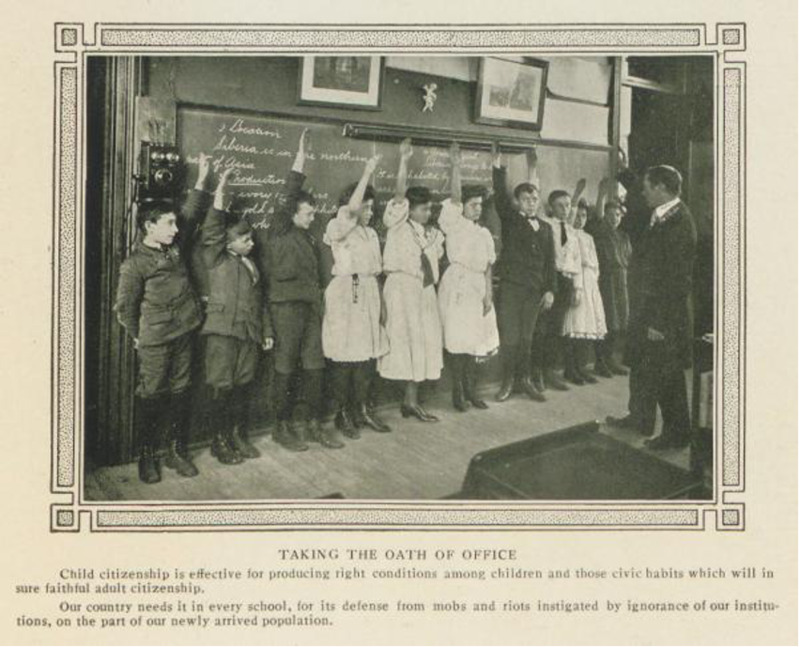The Intersection of Salvage Anthropology and Assimilation Policies
The Smithsonian Institution, established by a Congressional Act in 1846, owes its origins to the bequest of James Smithson, a British scientist and collector. In his will, Smithson directed his wealth toward the institute with a mandate to "increase and diffuse knowledge" (Turner, 30). Initially, the Smithsonian had no formal collection until 1858, but significant developments occurred from 1863 to 1902. During this period, the institution acquired collections from the 1876 Centennial Exposition in Philadelphia. The establishment of the Bureau of American Ethnology (BAE) in 1897, serving as the Smithsonian's professional collecting arm, and the formation of its Anthropology Division in 1883, were also significant. Both played crucial roles in institutionalizing the collection of cultural objects, particularly Native American artifacts (Turner 2020, 31).
The BAE's mission was to document and preserve Native American cultural practices, languages, and artifacts, including items like the Sweat-bath Water Sprinkler displayed in this exhibit. This "salvage" effort in anthropology, driven by the misguided belief that Native American societies were on the brink of extinction, often involved unethical practices, including theft (Redman 2021). Furthermore, the portrayal of Indigenous culture by these museums during this period reinforced societal beliefs in racial hierarchies supported by scientific racism. While the Smithsonian and BAE worked to “preserve” Native American culture, U.S. government policies and other institutional actions aimed to assimilate Native Americans into mainstream society.
A prime example was the Carlisle Indian Industrial School, founded in Carlisle, Pennsylvania, in 1879. Under the leadership of Richard Henry Pratt, the school's motto, "Kill the Indian, and save the man," succinctly expressed its goal to eradicate indigenous cultures and languages in pursuit of assimilation (Gump 2016, 127). These boarding schools primarily targeted young children for conversion into ideal Christian adults (Mann 2016, 173). Resistance to forced conversion from their indigenous religions to Christianity was common among Native American children. Survivors like Zitkala-sa (1876-1938) described the evangelism as heavy-handed and the teachers as often underqualified and prone to substance abuse, employing fear tactics to instill Christian beliefs (Mann 2016, 174).
The conditions at these boarding schools were appalling, mirroring the disciplinary severity of the military complex that previously occupied the Carlisle Indian School site. The clothing provided was often insufficient, except for suits used in press photos, and the schools were typically surrounded by fences and barbed wire (Mann 2016, 174). Punishments for non-compliance were harsh, including public floggings, confinement in small, dark cells, and in extreme cases, physical torture for speaking indigenous languages. Alarmingly, when Congress considered banning such corporal punishment, Richard Pratt vehemently opposed it, fearing it would end the system, and his opposition was ultimately successful (Barker 1997, 57; Mann 2016, 173).
Tragically, many children died in these schools, and rather than being returned home for traditional burials, they were often interred on school grounds. At the Carlisle Indian School, the existing military cemetery was used for deceased students, denying them the right to be buried according to their cultural customs (Mann 2016, 174).
This scenario, which I briefly describe here, presents a stark contradiction: while the Smithsonian and the BAE endeavored to preserve the artifacts and knowledge of these cultures, institutions like the Carlisle School aimed to erase Native American cultural practices. This paradox highlights the violent context that makes the collection and display of objects like the Sweat-bath Water Sprinkler possible.
References:
Gump, James O.. The Dust Rose Like Smoke : The Subjugation of the Zulu and the Sioux, Second Edition, University of Nebraska Press, 2016. ProQuest Ebook Central, https://ebookcentral.proquest.com/lib/lafayettecol-ebooks/detail.action?docID=4095860.
Students taking the Oath of Office. The Red Man (Vol. 4, No. 2), Carlisle Indian School, Cumberland Country Historical Society, Carlise, PA.
The Wiley Blackwell Companion to Religion and Politics in the U. S., edited by Barbara A. McGraw, John Wiley & Sons, Incorporated, 2016. ProQuest Ebook Central, https://ebookcentral.proquest.com/lib/lafayettecol-ebooks/detail.action?docID=4508902.
Fisher, L. (2009). Native Americans, Conversion, and Christian Practice in Colonial New England, 1640—1730. Harvard Theological Review, 102(1), 101-124. doi:10.1017/S0017816009000054
Turner, Hannah. Cataloguing Culture: Legacies of Colonialism in Museum Collections. Vancouver: UBC Press, 2020.
Redman, Samuel. Prophets and Ghosts: The Story of Salvage Anthropology. Cambridge: Harvard University Press, 2021.


